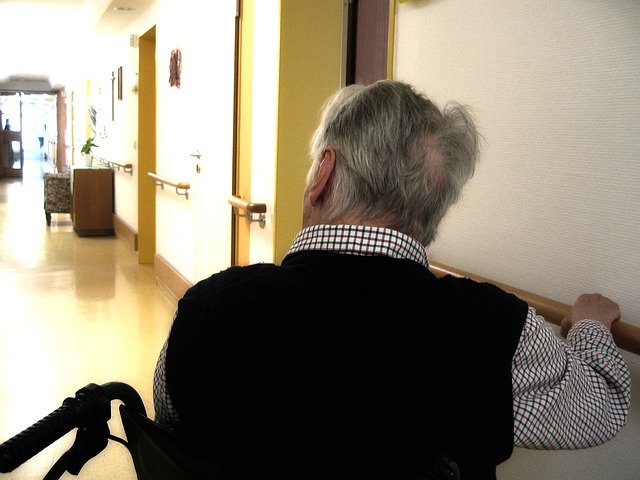

Residents are invariably frail and can only evacuate very slowly.
All the more important, then, for fire doors to be manufactured and fitted properly, fire exits to be kept clear, risk-assessments to be conducted by appropriately qualified professionals and all other fire-safety best practice followed rigorously (not that the aforementioned is anything less than essential in any sector!).
The Rosepark care home tragedy of 2004, in which 14 elderly residents lost their lives, attests to the sector’s particular challenges.
“If you think about it from a risk-profiling point of view, these are places where the most vulnerable live so you have to make sure they’re OK,” says Nick Coombe, who provides fire-safety management support, audit and performance at the London Fire Brigade. “We work with the CQC [Care Quality Commission] to make sure they’re aware of any issues we find.”
Dave Sibert, an IRMP advisor at the Fire Brigades’ Union, has two recommendations for care-home owners:
“If you are opening a new care home, install a life safety sprinkler system,” he says.
Not that having sprinklers is some sort of panacea that permits complacency.
“Without or without sprinklers, if you already have a care home, carry out fire drills twice a year. The residents’ safety comes first, but make fire drills as realistic for the staff as possible and learn lessons so that every fire drill goes better than the last one.”
Even someone complacent about the risk of fire might consider how poor fire-safety management reflects on wider competence, if Coombe’s comments are accurate.
“We’re looking at the management of fire risk and it’s proven that if they’re poorly managing their fire risk then they might be poorly managing some of their other services. So we share data with the CQC about where we’ve found poor management.”
He believes there are lessons to learn from elsewhere in the UK.
“The other thing we’re looking at is lobbying. Northern Ireland’s version of the CQC has made it a requirement that if you do a fire-risk assessment for a care home then you must be registered with one of the approved groups as part of their licensing.
“That’s something we would like to push in England and Wales because this would ensure you get a competent fire-risk assessor – this is a bit like a third-party accreditation.”
Subscribe to the IFSEC Insider weekly newsletters
Enjoy the latest fire and security news, updates and expert opinions sent straight to your inbox with IFSEC Insider's essential weekly newsletters. Subscribe today to make sure you're never left behind by the fast-evolving industry landscape.
Sign up now!